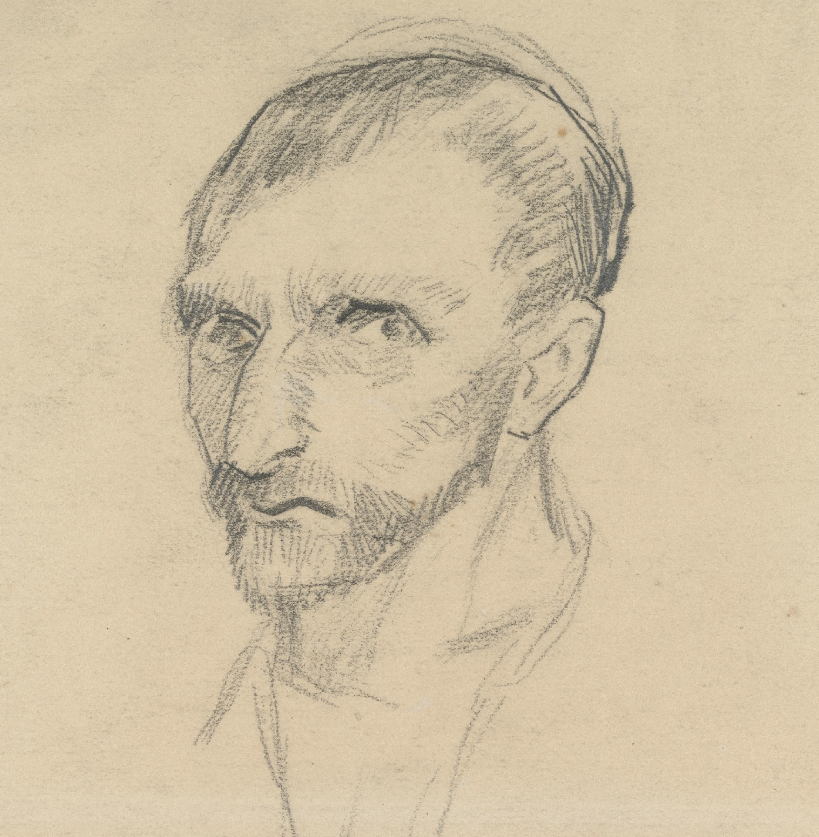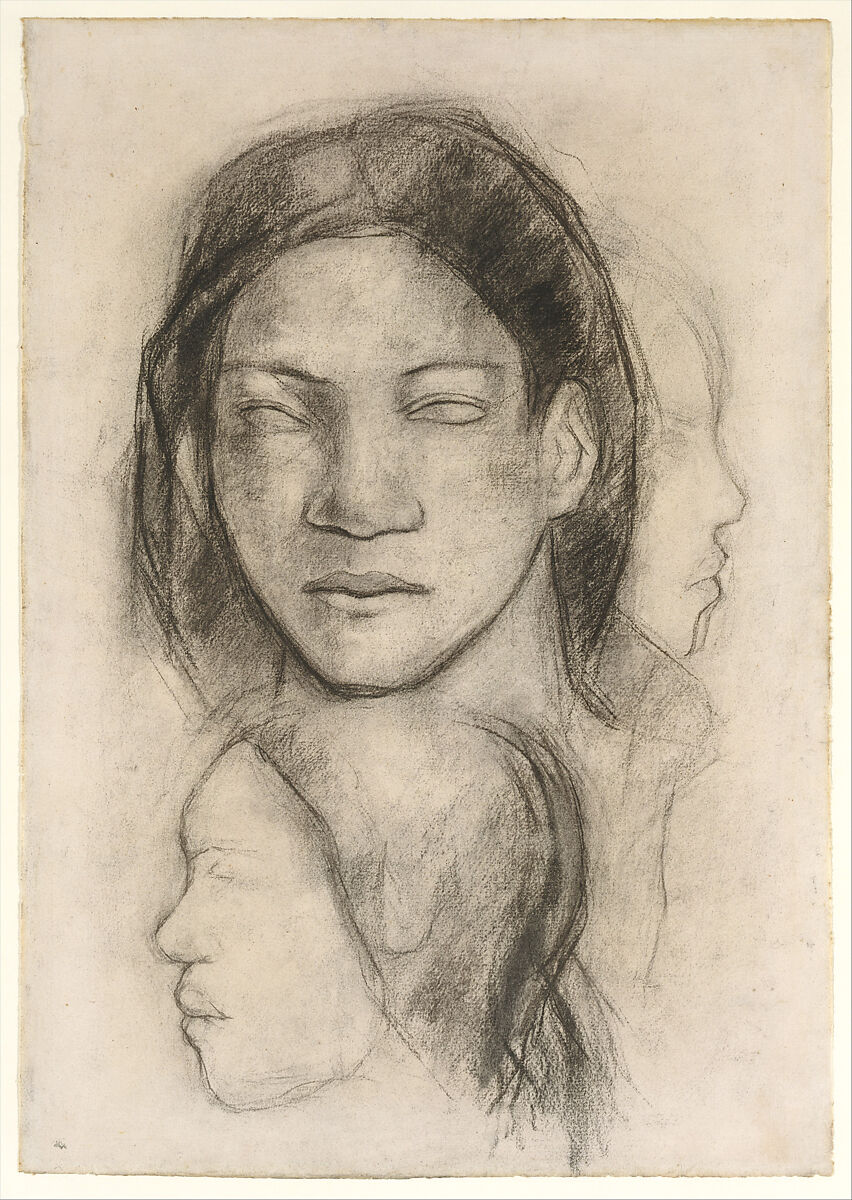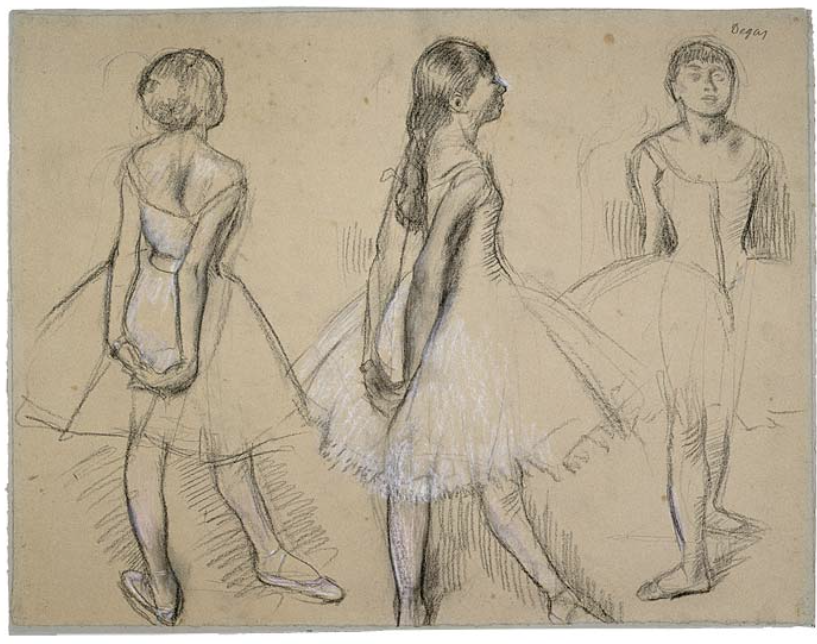What is Drawing?
Edgar Degas, Three Studies of a Dancer, 475 x 628 mm, ca. 1880,
Gift of The International Music & Art Foundation
What is Drawing?
- The primary drawing definition is a visual depiction made using tools such as pen or pencil. drawing is mainly concerned with line (a one-dimensional path) and form (structure).
- It is also focused on shape and value (the lightness or darkness of a color).
- Drawing can also be used to evoke emotions much in the same way that paintings and other forms of art do. Drawing in art can be used to depict an image, either from real life or from the imagination of the artist.
- Drawing is considered a form of art because it is a method used to produce imagery that captures or communicates through visual form. The possibilities for the messages that drawings can convey are endless.
Drawing Tools
There are many different types of tools that can be used for an art drawing. Some tools include paper, ink, graphite, and charcoal.
Paper is essential for starting a drawing. There are many different types of paper. Some are smooth, some rough, some small, and some large. The artist must consider the paper they will use depending on their desired outcome. A smooth type of paper will allow the pen or pencil to glide over the surface with ease, while a paper with a rougher surface will give some texture to the image.
Ink is a liquid that comes in many colors and can be applied with tools like brushes.
Graphite is probably the most common tool used for art drawing. This tool comes in a range of hardness and softness. H indicates hardness and B indicate softness. H pencils produce lighter lines, while B pencils produce darker lines.
Charcoal is similar to graphite. However, charcoal usually comes in the form of sticks rather than
pencils so that the artist can use the sides to coat the whole paper. Charcoal also comes in a range
of tones but it is easier to erase than graphite. Because of this, charcoal is commonly used for
subtractive drawing
By using these tools, the artist can express and give form to just about anything they desire. These tools allow an artist to portray any image of their choice. Drawing, like other forms of art, can teach history as well as reflect current circumstances.

Vincent van Gogh (1853 - 1890), Paris, January-June 1887, pencil on paper,
19.2 cm x 21.1cm,Van Gogh Museum, Amsterdam
In this self-portrait of Van Gogh, the artist uses lines to capture his form and expression. He uses hatching and cross-hatching to indicate the lightness or darkness of an area on his face. The face, while closely realistic, is slightly exaggerated in the eyes and mouth to convey a feeling of unease or worry.

Paul Gauguin, Tahitian Faces (Frontal View and Profiles), 1899, Charcoal on laid paper,
(41 x 31.1 cm), The Annenberg Foundation
Among the most impressive of Gauguin’s surviving drawings, it is likely a preparatory study for the figure on the left in his 1899 painting Two Tahitian Women (49.58.1). The drawing has a strong sculptural effect due to both the masklike appearance of the blank eye sockets and the artist’s use of the stumping technique, in which he smudged the charcoal contour lines to model the head.
